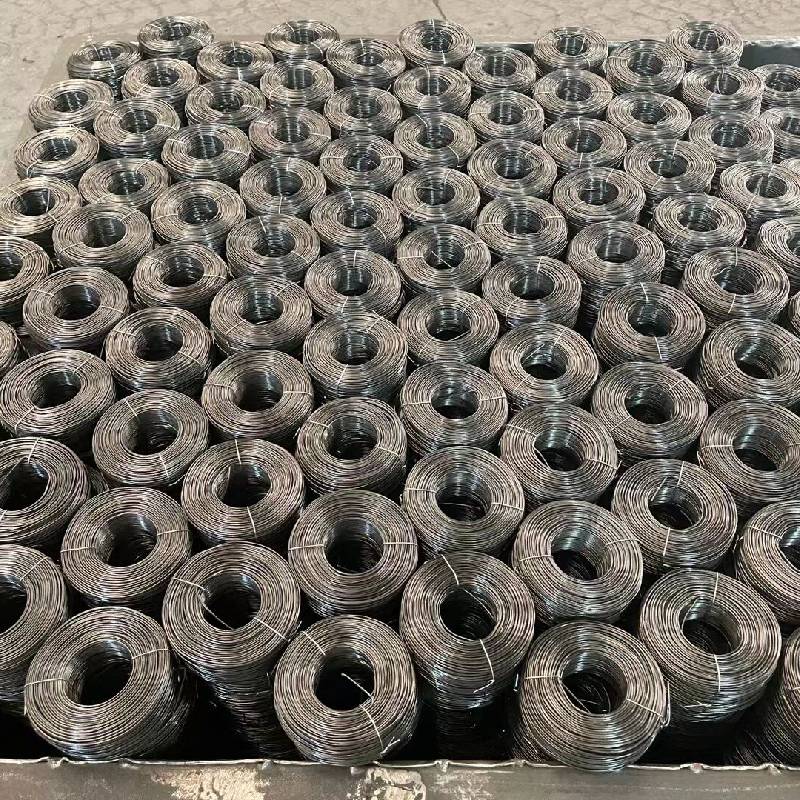
- Mobile Phone
- +8613931874955
- sales@cntcmetal.com
Applications and Uses of Compression Springs in Various Industries
Understanding Compression Springs and Their Applications
Compression springs are one of the most common types of springs used in a variety of industries. Characterized by their ability to resist compressive forces, these springs store energy when compressed and release it when allowed to expand. Their unique design allows them to be utilized in numerous applications, making them a vital component in many mechanical systems.
Structure and Functionality
A compression spring is typically made from coiled wire, which is formed into a helix shape. This design enables the spring to compress when a load is applied and return to its original length once the load is removed. The springs can be produced in various shapes, sizes, and materials, catering to specific requirements depending on their intended application.
The fundamental principle governing the function of compression springs is Hooke's Law, which states that the force needed to compress or extend a spring is directly proportional to the distance it is stretched or compressed. This relationship allows engineers to calculate the spring's performance based on its material properties and dimensions.
Applications of Compression Springs
1. Automotive Industry Compression springs play a critical role in vehicles, contributing to various functionalities such as suspension systems and clutch mechanisms. They help absorb shocks from uneven surfaces, enhance ride comfort, and ensure smoother operation of moving parts. For instance, in shock absorbers, compression springs absorb the kinetic energy generated from the movement of the vehicle, helping maintain stability.
what are compression springs used for

2. Consumer Electronics In consumer electronics, compression springs are often found in devices like keyboards and remote controls. They provide the necessary feedback when a button is pressed, improving user experience. For example, in a mechanical keyboard, the compression springs help return the key to its resting position after it has been pressed, offering a tactile feel and an audible response.
3. Industrial Equipment Compression springs are extensively utilized in machinery and industrial equipment. They are used in applications ranging from assembly line systems to manufacturing equipment. Their role often includes providing stability and supporting mechanisms under load conditions, ensuring seamless operations in various processes like packaging and conveying.
4. Medical Devices The medical field also benefits significantly from compression springs. They are used in devices such as infusion pumps and surgical instruments, where precise control and reliability are paramount. The ability of compression springs to return to their original shape after compression makes them suitable for applications that require consistent performance and longevity.
5. Aerospace In the aerospace industry, where safety and reliability are critical, compression springs are used in various applications, including landing gear systems, control mechanisms, and emergency systems. Their unique ability to withstand extreme temperatures and conditions makes them ideal for use in aircraft components where performance cannot be compromised.
Conclusion
Compression springs are indispensable across multiple sectors due to their ability to absorb energy and provide stability. Their applications range from the automotive industry to medical devices, reflecting their versatility and importance in modern technology. As engineering advances, the design and functionality of compression springs continue to evolve, paving the way for even more innovative uses in the future. Understanding the significance of compression springs helps appreciate the intricate systems that form the backbone of many mechanical devices we rely on every day. Whether supporting the machinery that drives our economy or enhancing the functionality of everyday gadgets, compression springs play a crucial role in our lives.
share:
-
Yard Sign Stakes: Reliable Guardians of Outdoor SignsNewsAug.04,2025
-
Wall Ties: Invisible Guardians of Building StabilityNewsAug.04,2025
-
Resilient Web: The Super Guardian Power of Concrete MeshNewsAug.04,2025
-
Masonry Accessories: A versatile assistant on building foundationsNewsAug.04,2025
-
Iron Binding Wire: the 'invisible reinforcement specialist' in the fields of architecture and industryNewsAug.04,2025
-
Dynamic Spring: The diverse functions and excellent performance of Wire Tension SpringNewsAug.04,2025
-
Your Source for Concrete Wall Ties and Masonry AccessoriesNewsJul.10,2025



















